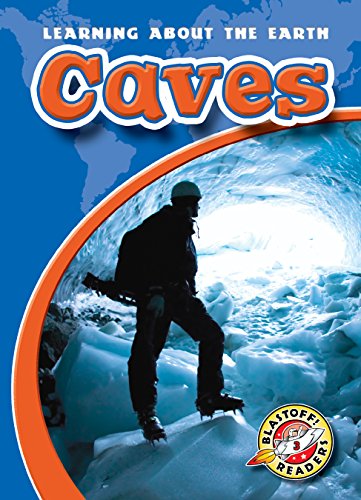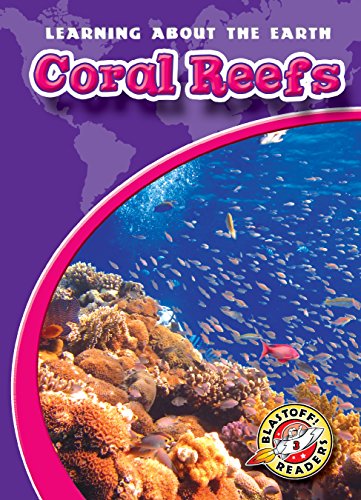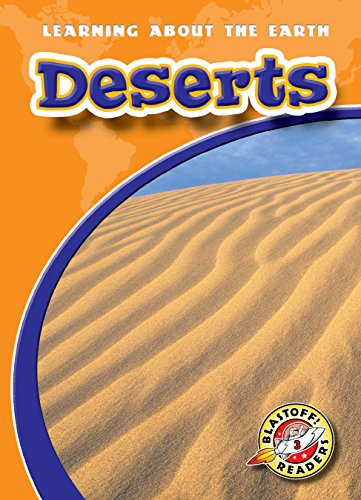-
Caves
Emily K. Green
Paperback (Bellwether Media, Jan. 1, 2016)There are many different kinds of caves found all around the world. Many are millions of years old! Students will explore the many different kinds of caves, their unique features, and the difference between stalactites and stalagmites. N
N
-
Tide Pools
Colleen Sexton
Paperback (Childrens Pr, March 1, 2011)Tide pools are filled up and emptied as the tide comes in and goes out. This makes living in them very difficult. Explore how tide pools are host to fascinating creatures such as sea anemones, starfish, crabs, and sea urchins! K
K
-
Coral Reefs
Colleen Sexton
Paperback (Bellwether Media, Jan. 1, 2016)Coral reefs are found in tropical waters and host a variety of ocean life. Young readers will learn about how they form over time, the different ways they form, and the creatures that call coral reefs home. K
K
-
Deserts
Emily K. Green
Paperback (Bellwether Media, Jan. 1, 2016)Deserts are vast areas of the Earth with very little moisture. There can be both hot deserts and cold deserts. Students will learn the difference between hot and cold deserts and how desert plants and animals survive the harsh conditions. M
M
-
Rain Forests
Colleen Sexton
Paperback (Bellwether Media, Jan. 1, 2016)Rain forests are some of the most beautiful and resource-rich environments on Earth. Readers will discover the layers of the rain forest, the animals and plants of the rain forest, and how people interact with the rain forest. I
I






